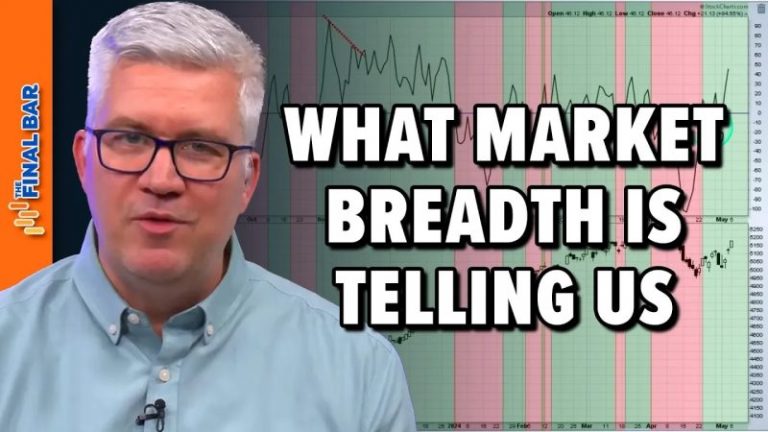Market breadth indicators are essential tools that provide valuable insights into the overall health and strength of the stock market. One such important indicator that every investor should be following is the Advance-Decline Line (ADL). This indicator helps investors gauge the breadth of market participation by tracking the number of advancing stocks versus declining stocks.
The ADL calculates the net difference between the number of advancing stocks and declining stocks on a particular day. By plotting this data on a chart over time, investors can visually observe the overall trend of market breadth. A rising ADL indicates broad market strength, with more stocks participating in the upward momentum, while a declining ADL suggests a lack of widespread participation and potential weakness in the market.
One of the key benefits of monitoring the ADL is its ability to confirm or diverge from the movements of major stock indices like the S&P 500 or Dow Jones Industrial Average. If the ADL is trending higher while the stock index is also moving up, it can be a positive sign of a healthy market rally. Conversely, if the ADL is declining while the stock index is rising, it could indicate a lack of confirmation from a broad range of stocks, signaling a potential divergence and caution for investors.
Additionally, the ADL can help investors identify potential market turning points. For example, if the stock index is making new highs, but the ADL fails to confirm those highs by making lower highs or remaining flat, it could be a warning sign of weakening market breadth and a possible market correction on the horizon.
Investors can use the ADL in conjunction with other technical indicators and fundamental analysis to make informed investment decisions. By incorporating market breadth analysis into their research process, investors can gain a more comprehensive understanding of the overall market dynamics and better navigate volatile market conditions.
In conclusion, the Advance-Decline Line is a valuable market breadth indicator that provides crucial insights into the participation of stocks in market movements. By monitoring the ADL, investors can assess market strength, confirm trends, identify potential divergence, and anticipate market turning points. Incorporating the ADL into investment analysis can help investors make more informed decisions and navigate the complexities of the stock market with greater confidence.



